We all want to know how to rank on Google. But very few individuals hold the playbook that is the Google ranking factors, understanding what it takes to show up #1.
But, I’ve got news for you.
I happen to know an insider who works as a contract Content Strategist at Google. Yes, this SEO content expert has an insider view of Google’s content creation best practices and how organizations mimic them to rank higher and improve their SEO search results on Google.
And she’s letting you steal Google’s playbook.
Go forth and rank on Google, my friend, because she’s sharing how the Google creates content in order to, well, rank on Google (who knew they had that problem, too?). Feel free to bookmark and re-reference these 7 tips and best-in-class practices for making a high-level SEO content strategy.
1. Use H2 headings to stand out and make it easier to rank
On Google’s own Help Centers, they always use H2 headings. Why H2s? Well because H2 headings tell SEO engines that this is an important part of the article and it has helpful keywords to direct and inform visitors.
But the benefit is two-fold – helping both Google and readers navigate your site.
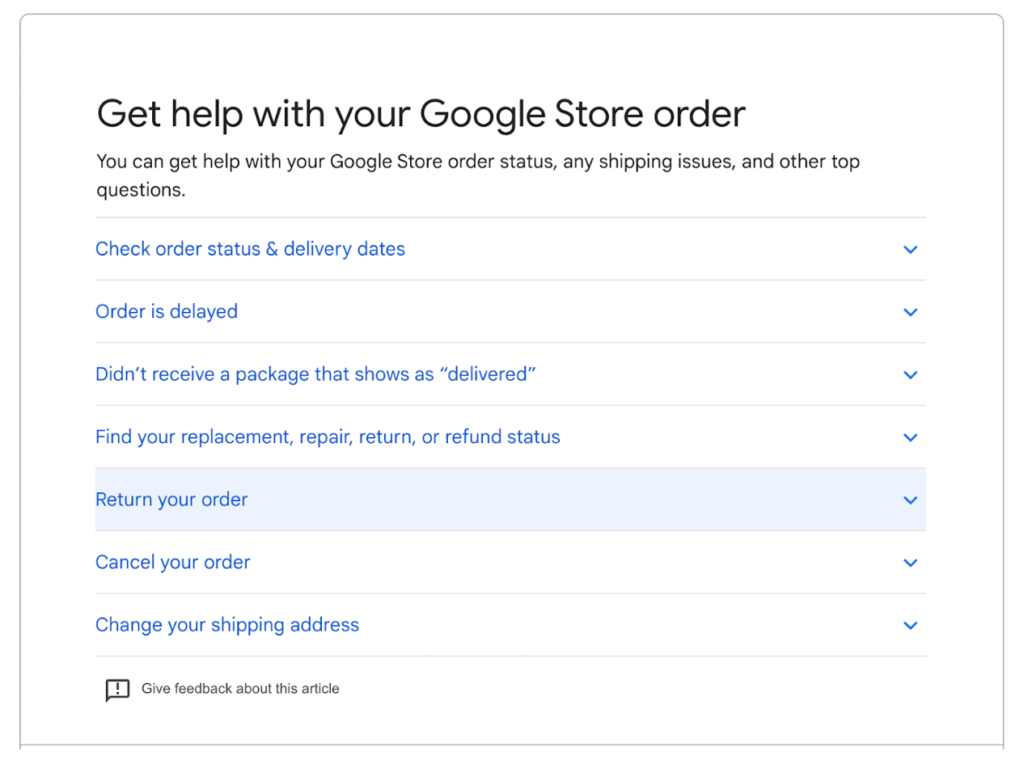

Essentially, H2 headings tell Google to pull out keywords and use them to inform visitors what a piece of content is all about and if it answers their questions or not. They are like the title chapters of a really good book. They let the reader know what the content is all about and search engines pick up on that.
Sometimes, the H2s are what help you rank on Google, as they’ll show up as a bullet point or numbered link in the coveted quick-answer box.
Takeaway:
Format your content with H2 headings to get the algorithm to notice your content sections and rank your content at the top of Google search results pages.
2. Explain what the visitor can or can’t do
This is a formatting trick that all Google content team members are taught.
The goal is to not just throw information into the ether and hope someone pays attention. Use active verbs that can tell visitors what they can or can’t do after reading a particular piece of content.
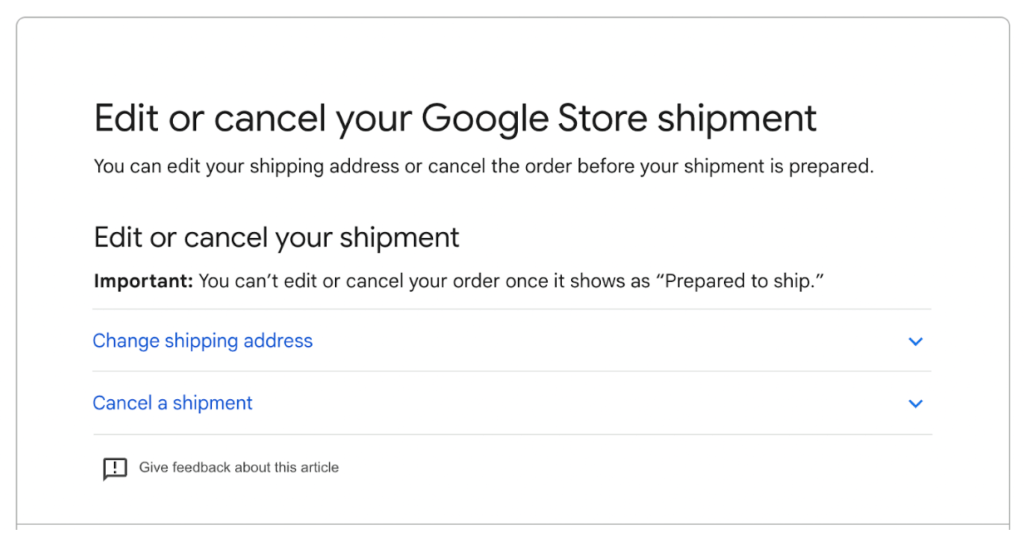

On search engines people often type in “can I…” do this or that. Formatting your content to talk visitors through what they can or can’t do with your product or service can be effective at getting them to do exactly that.
This is just a great tip in order to rank on Google, it can serve as a customer service function for your offers.
Here’s an example. Let’s say you’re a content writer or blogger working with a technology client. You want to explain how a visitor can use one of the features of your client’s product or service to solve a problem.
Instead of saying…
“XYZ company has a feature that you can download onto your laptop.”
Try saying…
“You can download this feature onto your laptop for easy use.”
Or you can say…
“Note: You can’t download XYZ’s feature if you are using a Mac laptop”.
Focusing on what the visitor can and can’t do makes the content easier for visitors to take action on. It also helps search engines know that your content is helpful.
And that results in web traffic.
Which is what we’re all here for.
If Google identifies your content as helpful, clear, and direct, it’ll push your content higher up the search results (aka: you’ll rank on Google). Plus, saying what visitors can or can’t do helps the content feel clearer to the reader.
Clarity is king.
When visitors are clear on what they can do after reading your content, they are more likely to do it, share your article with others, and improve your site ratings.
Takeaway:
Structure sentences using terms like “you can…” or “[benefit/feature] so that you can…..”. Conversely, “this isn’t meant to X” or “this [program/product] is for [audience/use].”
3. Use “how” or “what” as keywords cues
I used this trick in the meta title of this blog post: “Google Insider Shares Exactly How to Rank on Google”
Why do people feel so drawn to the word “how” or “what?
They’re psychological words.
When a visitor is feeling lost, confused, or wants to know more, “how” and “why” indicate that the visitor’s confusion and discomfort with not knowing how something works will be alleviated.
What’s more, “how” and “why” are actionable terms and communicate that a certain blog post or web page has solutions to our biggest problems.
The word “how” tells visitors that they can learn something from your content. Visitors want to know how to do something better or what they can do to fix an issue that’s been bothering them for days and weeks.
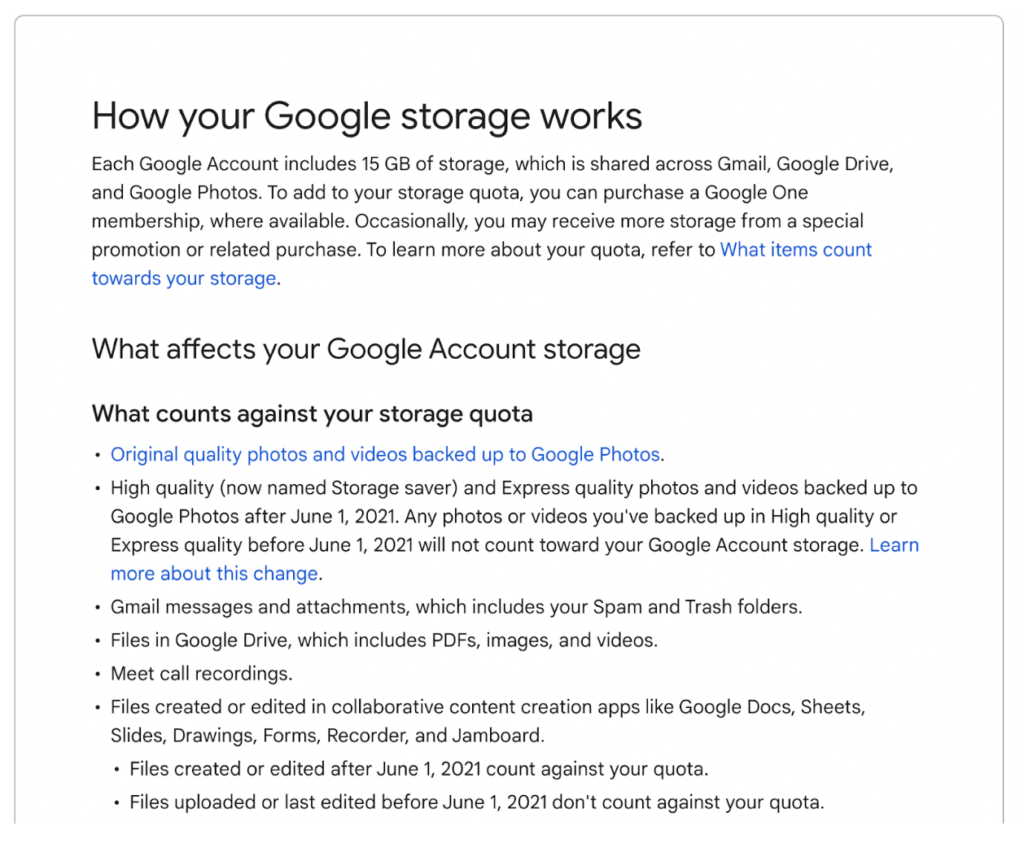

For Google, creating actionable content is a must. Their Help Centers are all about solving people’s problems. If you don’t show a visitor how to fix a problem or what the problem is, they won’t find the content very helpful.
And are they likely to share your content or support its climb up the ranks?
Probably not.
These two keywords are what people search for on Google. For example:
- How do I become a freelance writer?
- What is content writing?
- How do I work remotely?
- What writing jobs pay well?
- How do I rank on Google?
Takeaway:
Using the magical how and what keywords are triggers for search engines to push your content to the top of the search results. Bonus points if you make the blog post a step-by-step guide for doing something that’s relevant to solving the reader’s pain points.
4. Use active verbs like: “get,” “check,” “fix” or “learn”
We’re not leaving this idea of being actionable.
People want to learn what their problems are and how to fix them. And once you hook them with a catchy how and why headline in H2, you can capitalize on the traffic by retaining them with powerful verbs.
This is when you (metaphorically) hit them with the active verbs.


Again, this blog post you’re reading is exhibit A.
This is important for UX and SEO. Step-by-step, how-to, and instructional guides with active verbs are the favorite food of search engines and humans alike. They love to show lists of clear action steps and verbs that help people right away. And they make sure these helpful blogs rank on Google.
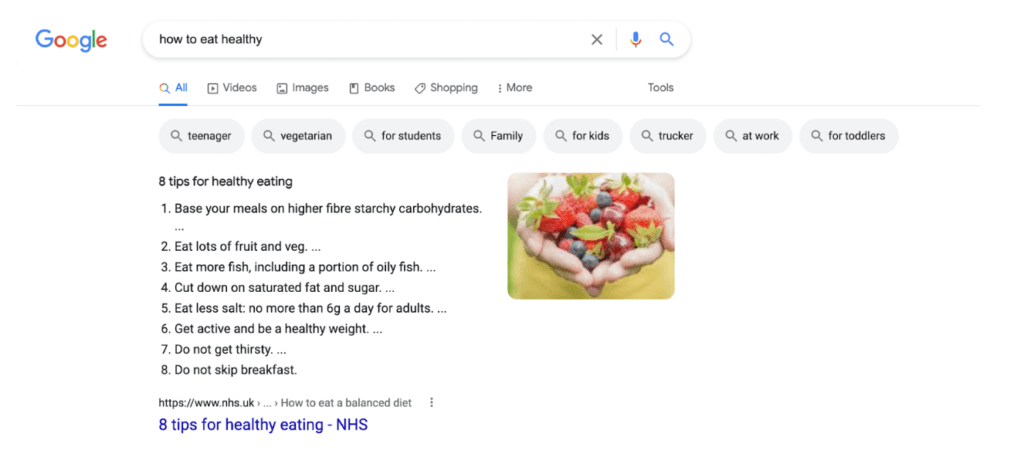

Notice a trend with these pointers?
Every point we’ve brought up is not only something Google prioritizes, but it’s likely the very type of content you yourself consume the most.
Google thinks of content through the lens of the reader, regardless of whether it’s a product page, web page, or blog post. In internal meetings in Google, they never throw content out there without a clear understanding of how it will help visitors and what visitors can do about their problems.
Those internal meetings look like really cool, but geeky, people getting together to ask:
- Can visitors fix an issue with Google Drive after reading this article?
- Can visitors check on their order status if they ordered a new Google Nest?
- Can visitors learn more about how taxes work if they buy something from the Google Store?
- Can visitors get help if this article doesn’t answer their questions?
You get the point.
But in case you need more proof and inspiration, click around on any Google Help Center. You’ll see a million articles with active verbs that they’ll tell you how to “Fix payment issues” or “Learn more about Google Store taxes”.
It’s simple: Google prioritizes content that helps people.
Takeaway:
Use verbs that can signal to search engines and readers that your content will solve an issue. Active keywords are part of how people stumble upon your article and fall into your content.
Here is a list of active verbs Google uses in their content that you can adapt to your own niche and client work:
- Fix
- Learn more
- Find
- Open
- Build
- Earn
- Make
- Edit
- Cancel
- Use
- Understand
- Buy
- Upgrade
- Subscribe
- Use call-to-actions within articles
Adding call-to-actions (CTAs) into articles is a big debate in the content writing community. Some writers believe articles should be for informational purposes only and shouldn’t be a place to sell. Rather, they should be a place to build trust, educate, and inspire visitors.
On the other side of the argument, writers think there’s nothing wrong with having CTAs throughout an article to help visitors walk through the funnel and find more useful content.
Here’s the OSO take: You MUST add CTAs to your articles.
It’s a standard in every deliverable in every content marketing service we offer (see what I did there?), and it should be for you as well.
You’ll thank us later.
In our opinion, CTAs don’t always have to (and probably shouldn’t) lead to a product page or check-out experience.
They don’t have to be greasy or salesy.
On the contrary, they may be the next logical step for users after reading a very helpful article. On Google’s Help Centers, they use “contact us” CTAs on nearly every page to help visitors who still have questions connect one-on-one with support agents.
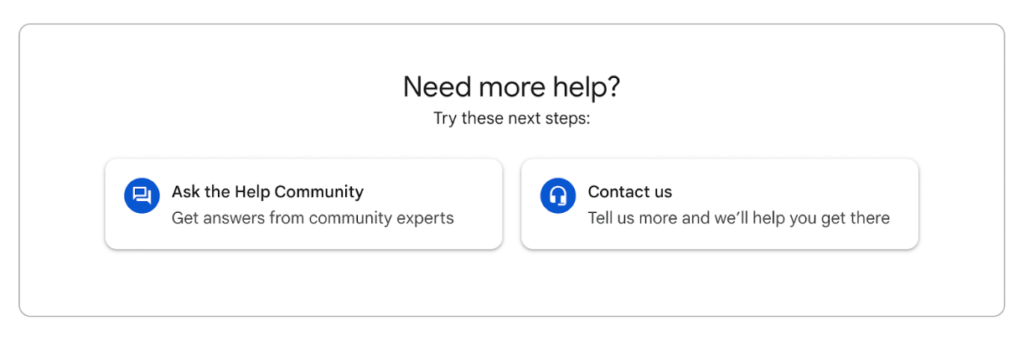

For some visitors, following a CTA could be the only way to solve their problem and could even lead to a sale without much effort on your part!
CTAs can also be useful for keeping visitors on your site for extended periods of time.
They can be as subtle as a hyperlinked interlink to other SEO-rich blogs or pages on your site. Or they can be as bold as a banner promoting your email list. Either way, they’ll increase time on site, page views, page views per session, email signups, and purchases while decreasing the bounce rate, and strengthening the visitor’s perception that the content is trustworthy and in-depth.
However, if you or your client has a product to sell like a course, physical product, or service, adding a CTA like…
- Click here to learn more about XYZ product
- Book a discovery call
- Enroll in the course
… are all great ways to help a reader walk through the funnel.
After all, why is content marketing important? To be your easily found, top-of-funnel information that can help a visitor learn more, make a decision, and eventually support you or your client.
Content articles are a great first touch point for visitors to understand a brand or company, solve a problem, and build a relationship with them.
From a Google content team perspective, the ultimate goal is not to get filthy rich. (Although the CEO of Google may feel differently)! The content team’s goal is to help visitors understand their problems and solve them.
Takeaway:
Add interlinking and other CTAs to let visitors know what to do next, help them walk through your funnel, and let Google reward you for being helpful with higher rankings.
6. Include more resources at the end of articles
As mentioned before, keeping people on your site is so important!
Reducing your bounce rate, keeping people happily moving through your site, and finding your content useful are good ways to build trust, increase rankings, and educate your visitors.
Google understands that and that’s why they always include additional resources at the end or on the side of each article. They call this section “Help”. They want to answer as many visitor questions as possible, remove any barriers, and get visitors to invest in their products and services.
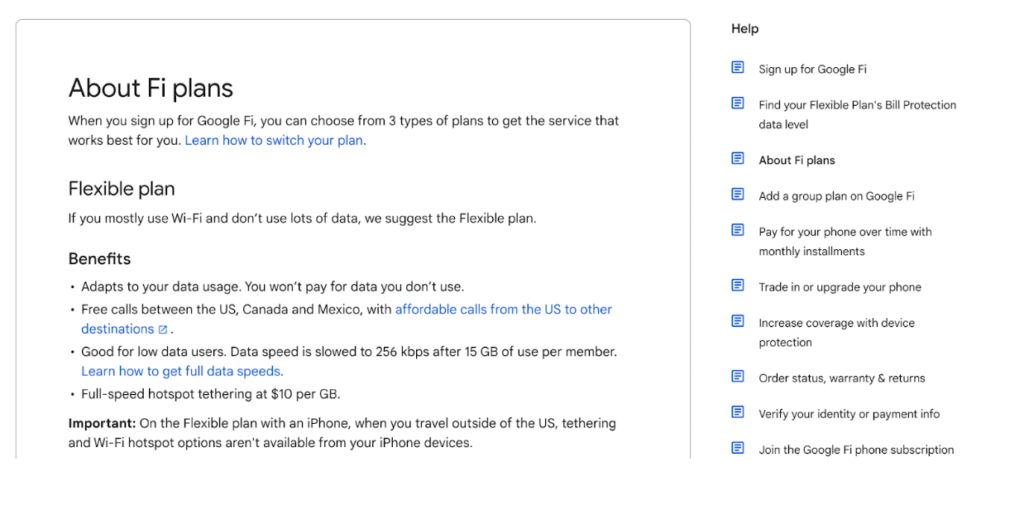

Including related resources near or throughout your articles can also help increase rankings. Adding frequently asked questions to the end of a page about a particular topic is also great to help you rank on google.
Both multiply the value and number of keywords SEO engines pick up on a given page and can help spread your content further.
Remember, keywords are a keystone of SEO (what is it?). But creating a keyword strategy and implementing it in an artful way is important, too. Keyword stuffing is NOT how to rank on Google.
Search engines are smarter than you think.
Yes, that also means they know when you’re throwing random keywords on a page, too. Google’s not biting.
Takeaway:
Install an “other blogs you might like” widget at the bottom of your blog feed. Add frequently asked questions – and their corresponding answers – to the bottom of service pages, product pages, and more.
Finding more ways to showcase more resources will help you rank on Google and convert your readers to customers.
7. Make content easy to read
This isn’t the time to show off your master’s degree in English Lit.
Want to know how to rank on Google? Don’t overwhelm your readers with jargon, long words, complex sentences, or big blocks of text.
We’re not saying don’t use keywords that help visitors find you. Yes, do that. However, if you use industry jargon that top-of-funnel visitors may not understand, you risk confusing your reader and losing them early on.
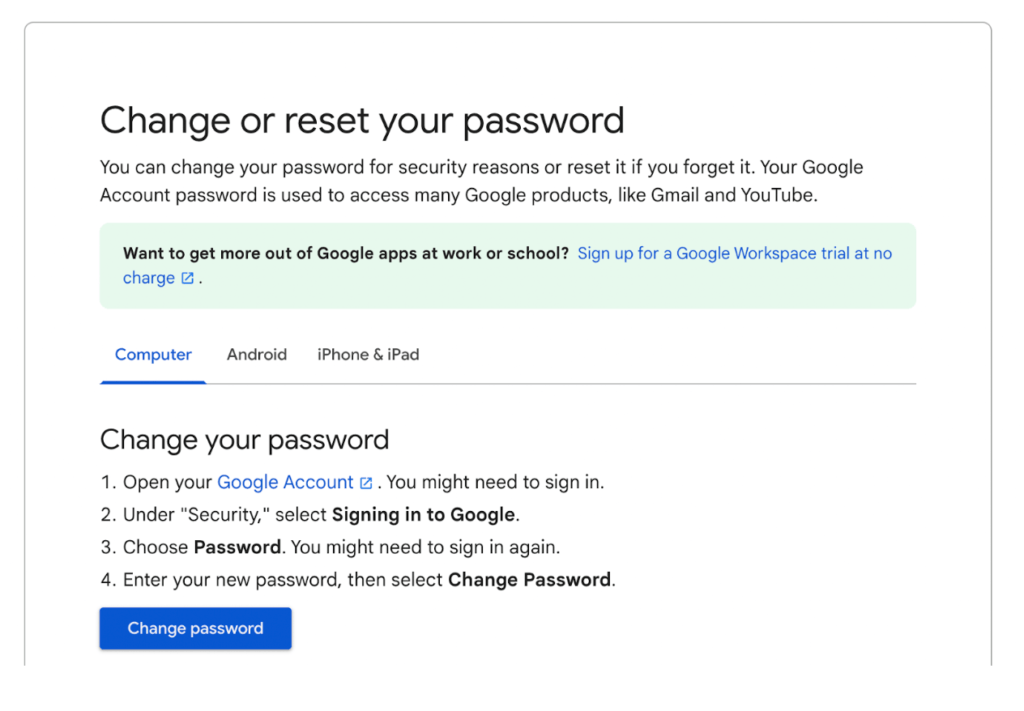

Google makes sure all of its content is at a 7th-grade reading level. I personally tell the freelance writers I coach to aim for a 5th-grade reading level.
Why?
Because Google is used and the content is read by millions of people all over the world. And if visitors don’t speak English well or do speak English but their vocabulary is limited, plugging in big words like…
Extrapolate
…instead of….
Explain
Or
Interpret
…instead of…
Understand
Will make your content less appealing and harder to read for visitors. In turn, it makes it harder to rank on Google. It was unable to confirm whether your content is helpful and liked by visitors.
If you’re not sure how to turn a big jargon-filled article into something your middle-school nephew could easily summarize, check out the Hemingway Editor.
The Hemingway Editor is one of the SEO tools we love because it helps content writers simplify their writing by flagging terms that are above the average person’s reading level and suggesting words that are easier to read.
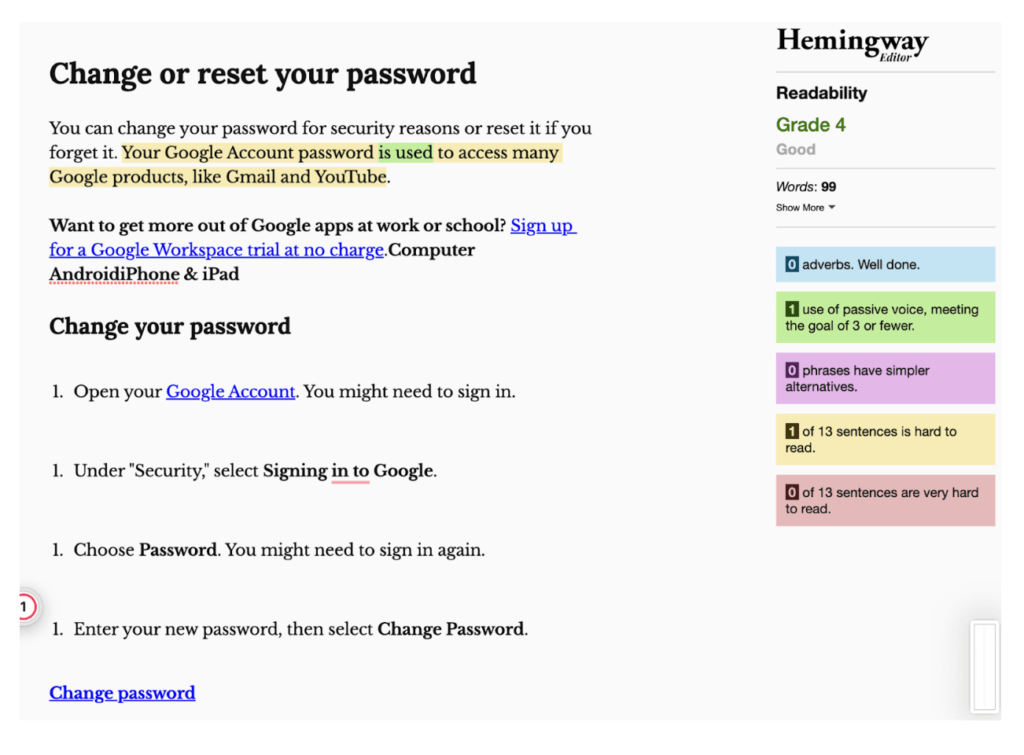

When I put Google’s Change or reset your password article into the Hemingway Editor, it came out as a 4th-grade reading level.
Takeaway:
Google is all about making its content accessible and easy to read. You and your clients should do the same in order to rank on Google.
Which of these tips will you use in your SEO content writing?
Hopefully all of them – but at least one.
I know we gave you a lot to think about. Many of these are from the big G itself and are practices that inform their SEO functionality.
And they become a lot easier to use and implement over time, helping you rank on Google. In fact, if you look closely, I’ve used most of these in this very blog post.
Go back and see if you can spot them!
If you want the cheat codes, I’ve got that, too. It’s called The Scroll-Stopping SEO Blog Template, and I’m giving it to you for free.
This Google-approved, plug-and-play template will save you time and money while you set up your content for SEO success. If you’re really geeking out right now and fired up to learn how to create a strategy to rank on Google with every piece of content your write (don’t worry, team OSO ALWAYS is) check out my SEO courses. You’ll get step-by-step training from yours truly, with options for customized feedback and access to an amazing community.
I hope to see you there one day – and #1 on Google, of course.


